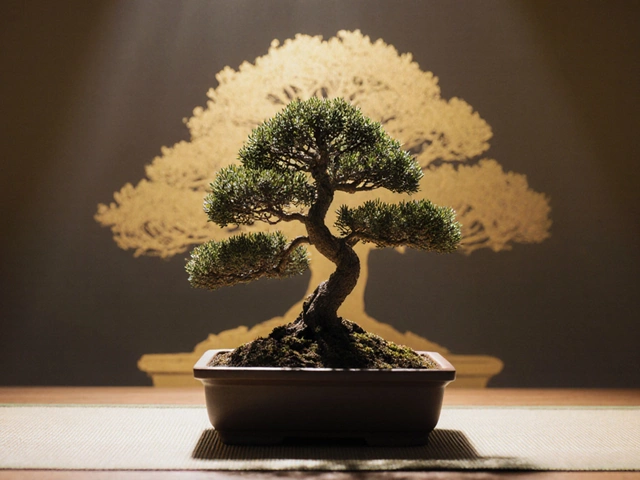Garden Maintenance Tips – Simple Ways to Keep Your Garden Healthy
Keeping a garden looking good isn’t magic – it’s about a few habit‑forming tasks you do regularly. Whether you have a tiny balcony or a big backyard, the same basics apply: water, soil, plants, and a bit of timing. Below you’ll find the everyday steps that stop small problems from becoming big headaches.
Essential Tasks for Every Season
1. Check the soil moisture. Stick a finger about an inch into the soil. If it feels dry, it’s time to water. In hotter months, aim for early morning watering to reduce evaporation.
2. Mulch the beds. A thin layer of straw, dried leaves, or compost keeps moisture in and weeds down. It also adds organic matter as it breaks down.
3. Prune dead or diseased growth. Snip away any yellowed leaves, wilted stems, or brown edges. Clean cuts help the plant heal faster and reduce disease spread.
4. Feed the plants. Use a balanced organic fertilizer every 4‑6 weeks during the growing season. For quick boosts, a handful of compost or worm castings works wonders.
5. Scan for pests. Look under leaves for tiny insects or sticky residue. If you spot trouble, try natural fixes first – neem oil, garlic spray, or companion planting.
Quick Fixes to Save Time
Watering tricks. If you’re short on time, set up a drip irrigation line. Bury it about 2‑3 inches deep for even delivery and less weed growth. The right depth saves water and protects the tubing from sunlight.
Soil loosening. Heavy, compacted soil can choke roots. Mix in a cup of compost or sand per square foot to improve texture and drainage.
Leaf litter control. Instead of raking every week, collect fallen leaves in a compost bin. They become nutrient‑rich feed for next season.
Weed management. Pull weeds when the soil is moist; the roots slide out more easily. For stubborn weeds, a thin layer of newspaper under mulch blocks sunlight and stops regrowth.
These short, repeatable actions keep your garden low‑maintenance and high‑yielding. For deeper dives, check out our articles on drip irrigation depth, soil amendment tips, and companion planting tricks – all written with Indian climate in mind.
Start with one or two of these habits today and watch the difference. Your garden will thank you with greener leaves, fuller blooms, and fewer surprise problems.
Preventing Drip Emitter Clogs: A Simple Guide
Keeping your drip emitters from clogging can make or break your garden’s success. Learn practical strategies to prevent clogs, ensuring your plants get the water they need. This guide offers insights on maintenance, choosing the right filtration system, regular cleaning tips, and the importance of water quality. Make your drip irrigation system more efficient with these easy-to-follow steps.
Mastering the 30/30 Rule for Efficient Drip Irrigation
The 30/30 rule for drip irrigation is a practical guideline designed to enhance water efficiency in gardening and agriculture. It suggests applying water to your plants for 30 minutes, followed by a resting period of another 30 minutes, allowing the soil to absorb and distribute moisture effectively. This method helps prevent water wastage and encourages deeper root growth, making it a sustainable choice for managing water resources. By understanding and implementing this rule, gardeners and farmers can achieve healthier plants and more efficient water usage.
About
Drip Irrigation, Gardening
Latest Posts


Which Plant Gives 12 Months Flowers in India? Your Guide to Year-Round Bloomers
By Alden Thorne Apr 18, 2025

What Not to Grow in a Greenhouse: Avoid These Flower Flops
By Alden Thorne Mar 24, 2025

Discovering Asia's Largest Flower Market in India
By Alden Thorne Feb 25, 2025


